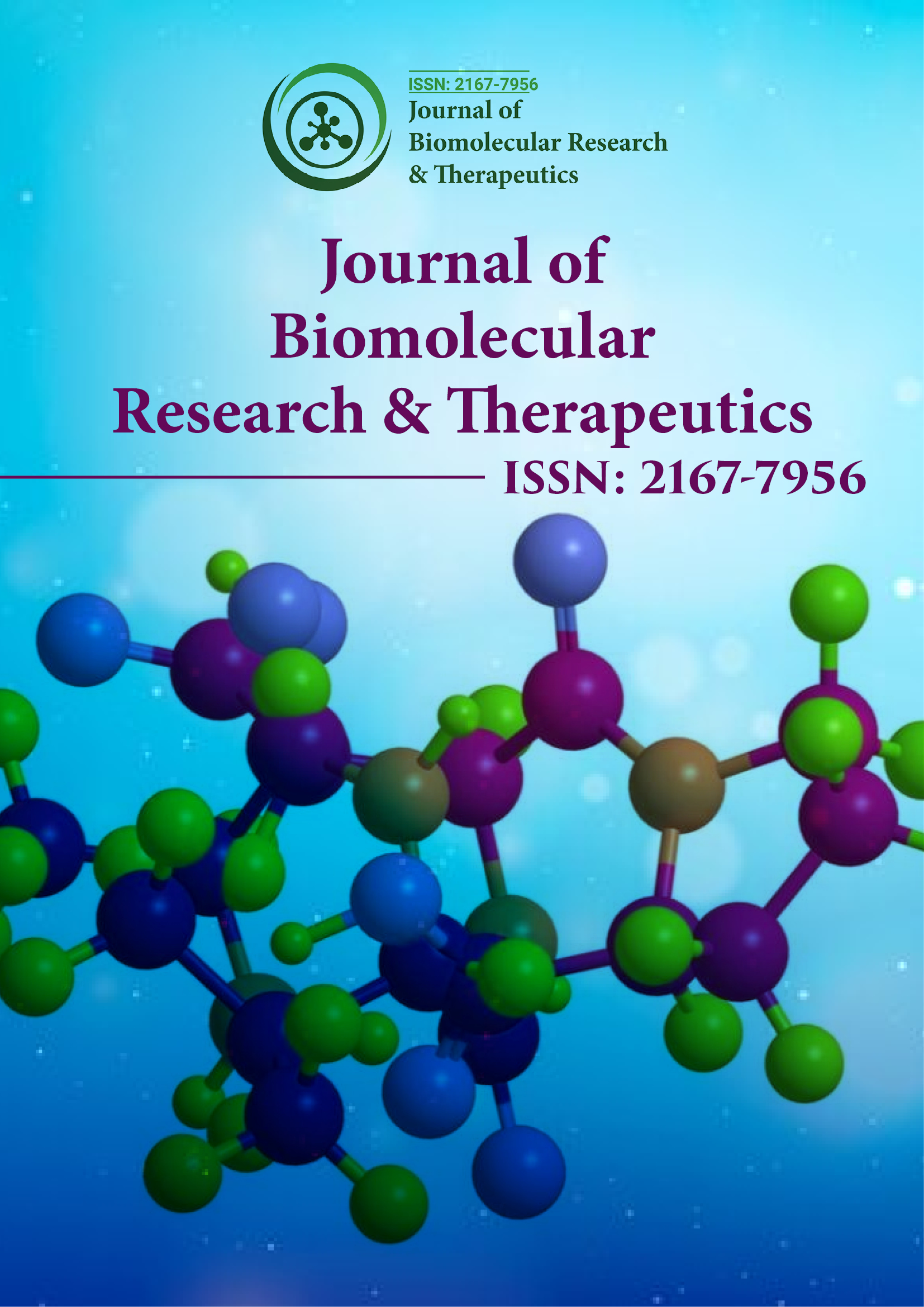インデックス付き
- Jゲートを開く
- Genamics JournalSeek
- 研究聖書
- 電子ジャーナルライブラリ
- レフシーク
- ハムダード大学
- エブスコ アリゾナ州
- OCLC-WorldCat
- SWBオンラインカタログ
- 仮想生物学図書館 (vifabio)
- パブロン
- ユーロパブ
- Google スカラー
このページをシェアする
ジャーナルチラシ

概要
高血糖症ダニオ・レリオの生存率に対する次サリチル酸ビスマスの影響
パキ・サニ
3,700 万人以上の米国人が糖尿病を患っており、そのうち約 90%~95% が 2 型糖尿病 (T2DM) です。T2DM は通常、インスリン抵抗性、つまり筋肉、肝臓、脂肪細胞がインスリンをうまく利用できない状態から始まります。特定の遺伝子も T2DM になる可能性を高めます。現在、メトホルミンはこの慢性疾患の治療に使用される最も一般的な薬の 1 つです。しかし、医薬品に許容摂取量を超えるニトロソジメチルアミン (NDMA) が含まれている可能性があるため、企業はメトホルミンを回収しています。それだけでなく、メトホルミンは処方薬であるため、広く入手できません。証拠によると、サリチル酸塩、特にサルサレートは、血糖値を下げることで糖尿病を予防または治療するための有望な代替手段であるようです。この研究では、ダニオ レリオを高血糖に誘導してフェーズ 1 で T2DM をモデル化し、フェーズ 2 では次サリチル酸ビスマスが血糖値を下げ、生存率を高める効果を調査しました。統計分析の結果、1 mg の次サリチル酸ビスマスを投与された T2DM ゼブラフィッシュは、対照群のゼブラフィッシュや他の実験群よりも生存率が最も高く、血糖値が最も低かったことがわかりました。この研究は、T2DM 治療薬としての次サリチル酸ビスマスの有効性に関する洞察を提供します。今後の研究では、ヒトの血液採取手順やより多くの濃度を使用して、T2DM と次サリチル酸ビスマスの直接的な相関関係を調査する可能性があります。
免責事項: この要約は人工知能ツールを使用して翻訳されており、まだレビューまたは確認されていません